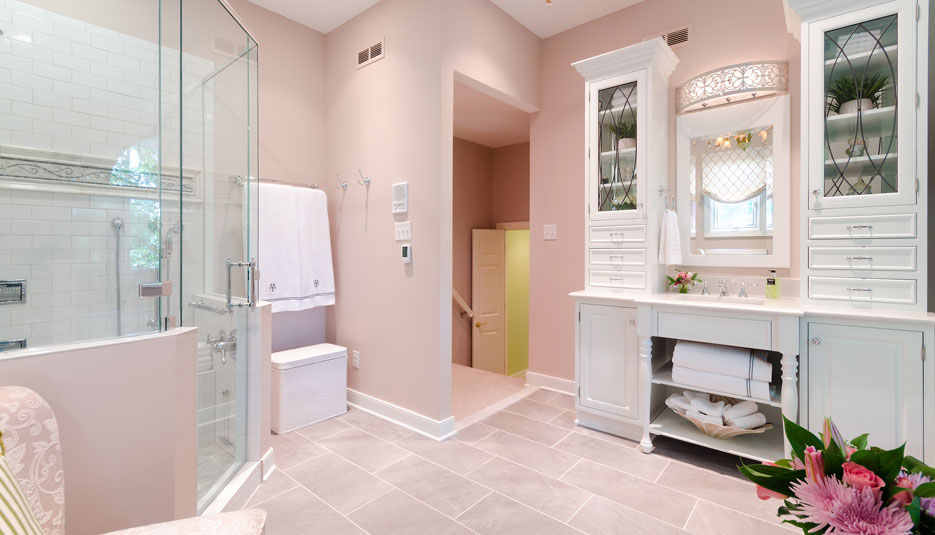
Differences between Kitchen & Bathroom Vanity Cabinets
Kitchen cabinets and bathroom vanity cabinets serve similar purposes in terms of providing storage space, but they have a few key differences due to the specific requirements and functions of each room. Here are some of the main differences between kitchen cabinets and bathroom vanity cabinets:
- Size and Dimensions: Bathroom vanity cabinets are typically smaller in size compared to kitchen cabinets. This is because bathrooms are usually smaller spaces, and the vanity cabinet needs to accommodate the sink and countertop while leaving enough room for movement. Kitchen cabinets, on the other hand, can vary in size depending on the kitchen layout and available space.
- Construction and Materials: Both kitchen and bathroom cabinets are typically made of wood or engineered wood products like plywood or medium-density fiberboard (MDF). However, bathroom vanity cabinets often have additional considerations for moisture resistance due to the higher humidity levels in bathrooms. They may be constructed with materials that are more resistant to water damage, such as marine-grade plywood or moisture-resistant coatings.
- Design and Style: Kitchen cabinets and bathroom vanity cabinets often have different design aesthetics. Kitchen cabinets are more diverse in terms of styles, finishes, and hardware options. They may include features like glass doors, open shelving, or specialized storage solutions for kitchen utensils and appliances. Bathroom vanity cabinets, on the other hand, are typically designed to complement the overall bathroom decor and may have a more streamlined and sleek appearance.
- Storage and Organization: While both kitchen and bathroom cabinets are used for storage, the specific storage needs differ. Kitchen cabinets often have more varied storage requirements, accommodating pots, pans, dishes, small appliances, and pantry items. They may feature specific compartments and organizers to maximize storage space. Bathroom vanity cabinets are designed to store toiletries, cleaning supplies, and personal items. They usually have space for plumbing fixtures and may include drawers or shelves designed to hold specific bathroom items like towels, hairdryers, or cosmetics.
- Accessibility: Accessibility considerations can vary between kitchen and bathroom cabinets. Kitchen cabinets are typically designed for easy access and functionality since they are frequently used. They may have features like pull-out shelves, rotating corner units, or soft-close mechanisms. Bathroom vanity cabinets may also include accessible features but often prioritize the need for a sink and countertop space.
These are some general differences between kitchen cabinets and bathroom vanity cabinets. It’s important to note that specific variations can exist based on individual preferences, design choices, and the overall layout of the space.




